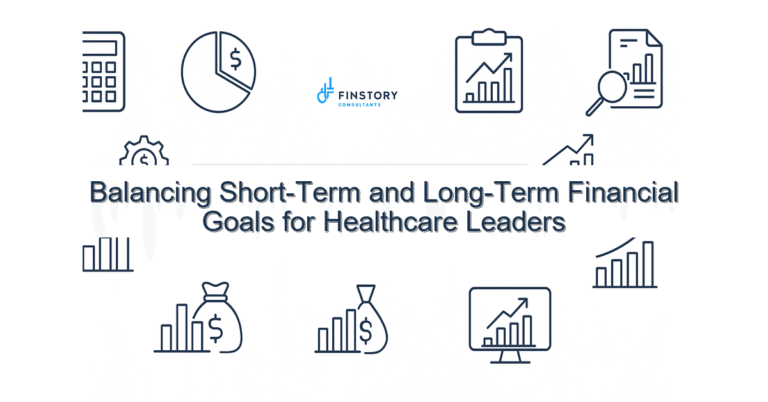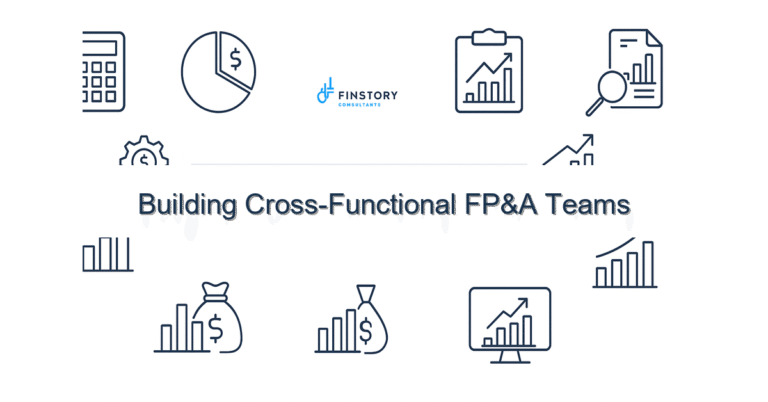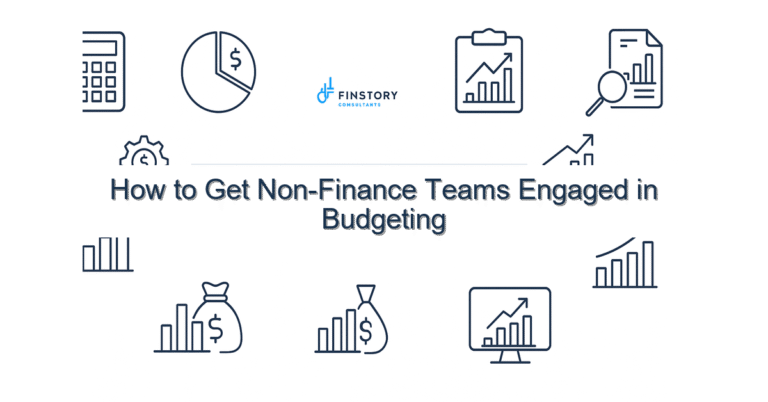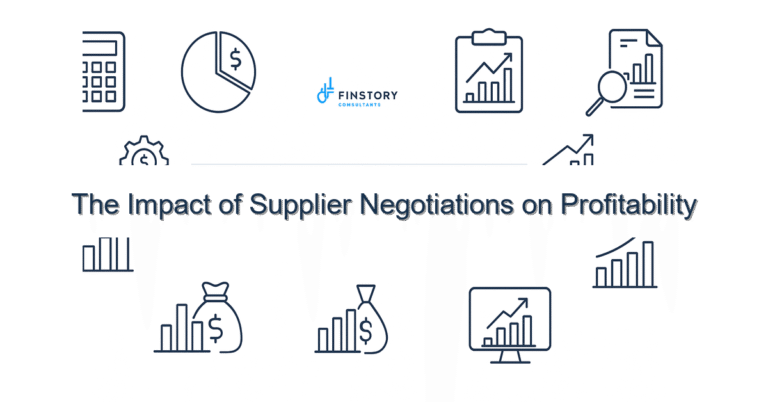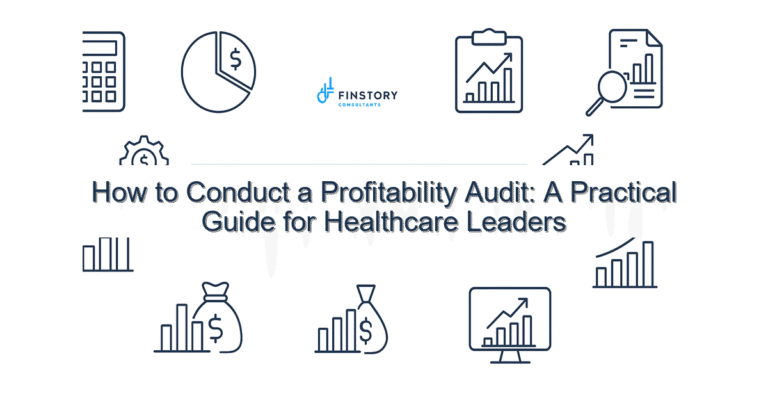Cost Savings from Switching to Cloud-Based Tools for Healthcare Finance
You’re juggling budgets, audits, and monthly closes while the systems you rely on feel like they’re holding you back. Moving core finance and operations tools to the cloud isn’t a technology trend—it’s a practical lever for real cost savings and better decisions.
Summary: Switching to cloud-based tools can reduce manual effort, speed financial close cycles, and improve forecast accuracy—often delivering payback within 6–18 months. The decision you get is simple: invest in a measured migration that targets high-friction processes first and lock-in recurring savings and better reporting.
What’s the real problem?
Healthcare organizations often run finance and operations on a mix of on-prem systems, spreadsheets, and aging point products. That mix creates hidden costs—time spent reconciling, missed insights, and slower reactions to staffing or revenue changes.
- Close cycles that stretch beyond month-end because data must be manually aggregated or reconciled.
- Multiple versions of truth: board decks, department reports, and EHR exports don’t match.
- High headcount cost for routine tasks—journal entries, consolidations, variance explanations.
- Slow or painful reporting to leadership and the board when cost or volume changes occur.
What leaders get wrong
Leaders often assume cloud migration is either a cost center or a massive IT project they must defer. That mindset misses the operational savings and the chance to redesign work.
- Waiting for a full big-bang migration. Small, targeted moves capture savings faster.
- Focusing only on software cost. The real wins are labor savings, faster decisions, and reduced audit effort.
- Thinking security is worse in the cloud. Modern cloud vendors often provide stronger controls and easier audits than disparate legacy systems.
A better approach
Take a pragmatic, phased approach that treats migration as process redesign, not just a technology swap.
- Assess: Map your highest-cost, highest-risk processes (e.g., month-end close, AR reconciliation, grant reporting).
- Pilot: Move one process or department to a cloud tool and measure time, errors, and satisfaction.
- Standardize: Replace spreadsheet-driven steps with automation and centralized data models.
- Scale: Roll the successful pattern out, integrating the cloud tools with your ERP and EHR where needed.
- Govern & iterate: Build a lightweight governance model to manage permissions, data lineage, and continuous improvement.
Real-world snapshot: A 250-bed community hospital shifted FP&A to a cloud planning tool and centralized reporting in Power BI. They cut the monthly close from 12 days to 5 days, reduced an FTE-equivalent of recurring reconciliation work, and recovered roughly $300–450k in annual labor and error-correction costs in year one.
Quick implementation checklist
- Identify 2–3 high-impact processes for an initial pilot (close, AR, cash forecasting).
- Catalog data sources and owners for those processes this week.
- Run a 2-week proof-of-concept on one tool (planning automation or reconciliation tool).
- Define success metrics up front: days to close, manual journal counts, forecast variance.
- Assign a cross-functional sponsor (finance + IT + operations).
- Create a simple data map for Power BI or your cloud warehouse.
- Remove at least one recurring manual spreadsheet from the process by automating ingestion.
- Schedule a 30-minute leadership demo after the pilot to show tangible time savings.
What success looks like
- Close cycle reduced from 10–12 days to 3–6 days.
- Forecast accuracy improved to within 2–4% for monthly revenue and cash forecasts.
- 30–50% reduction in routine finance FTE hours spent on reconciliation and consolidations.
- ROI demonstrable within 6–18 months through labor savings and avoided write-offs.
- Faster leadership reporting: same-day dashboards instead of two-week board packages.
Risks & how to manage them
- Data migration errors: Mitigation—start with a pilot, use reconciliation checkpoints, and retain legacy extracts until validated.
- User adoption resistance: Mitigation—train in small cohorts, show time saved, and surface early wins to build momentum.
- Integration gaps with ERP/EHR: Mitigation—use middleware or a cloud data warehouse to normalize sources and automate feeds.
Tools & data
Choose tools that work together, not in silos. Finance automation for close and consolidation, a cloud data warehouse for a single source of truth, and Power BI for leadership reporting create an efficient stack.
- Finance automation: reduces manual journals and speeds reconciliations.
- Cloud data warehouse: centralizes EHR, ERP, and operational metrics for consistent reporting.
- Power BI or similar: delivers real-time leadership reporting and self-service analytics.
- Integrations: ensure your tools integrate with payroll, billing, and the EMR to avoid re-keying.
Next steps
If you want to move beyond pilots and secure operational savings without disruptive rip-and-replace projects, start with a short diagnostic. We’ll map the top cost drivers, size the opportunity, and recommend a phased plan that protects operations during the transition.
Contact Finstory for a 45-minute diagnostic call. We’ll look at your close, reconciliations, and reporting and show where cloud tools will pay for themselves quickly.
Work with Finstory. If you want this done right—tailored to your operations—we’ll map the process, stand up the dashboards, and train your team. Let’s talk about your goals.
📞 Ready to take the next step?
Book a 20-min call with our experts and see how we can help your team move faster.
Prefer email or phone? Write to info@finstory.net
or call +91 44-45811170.


